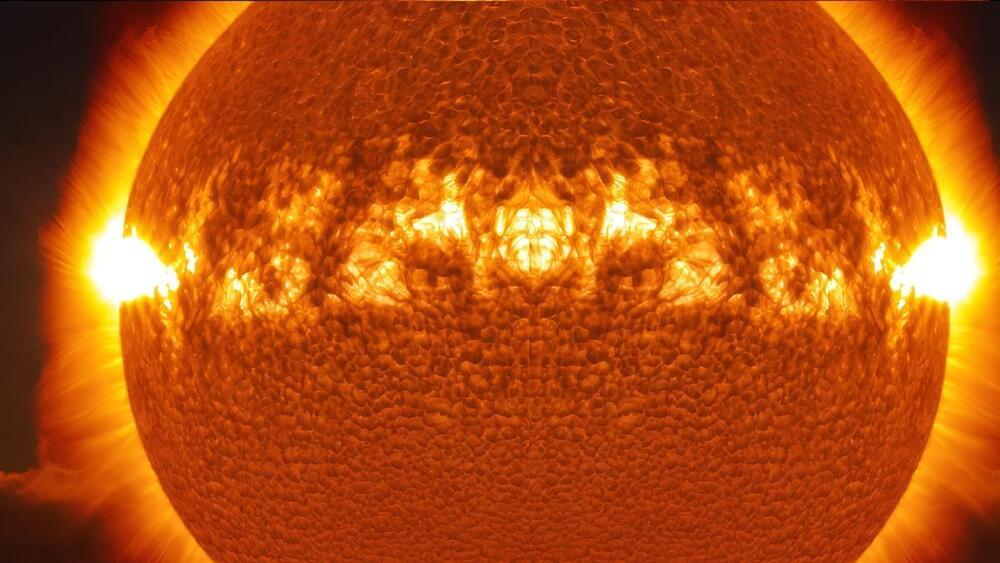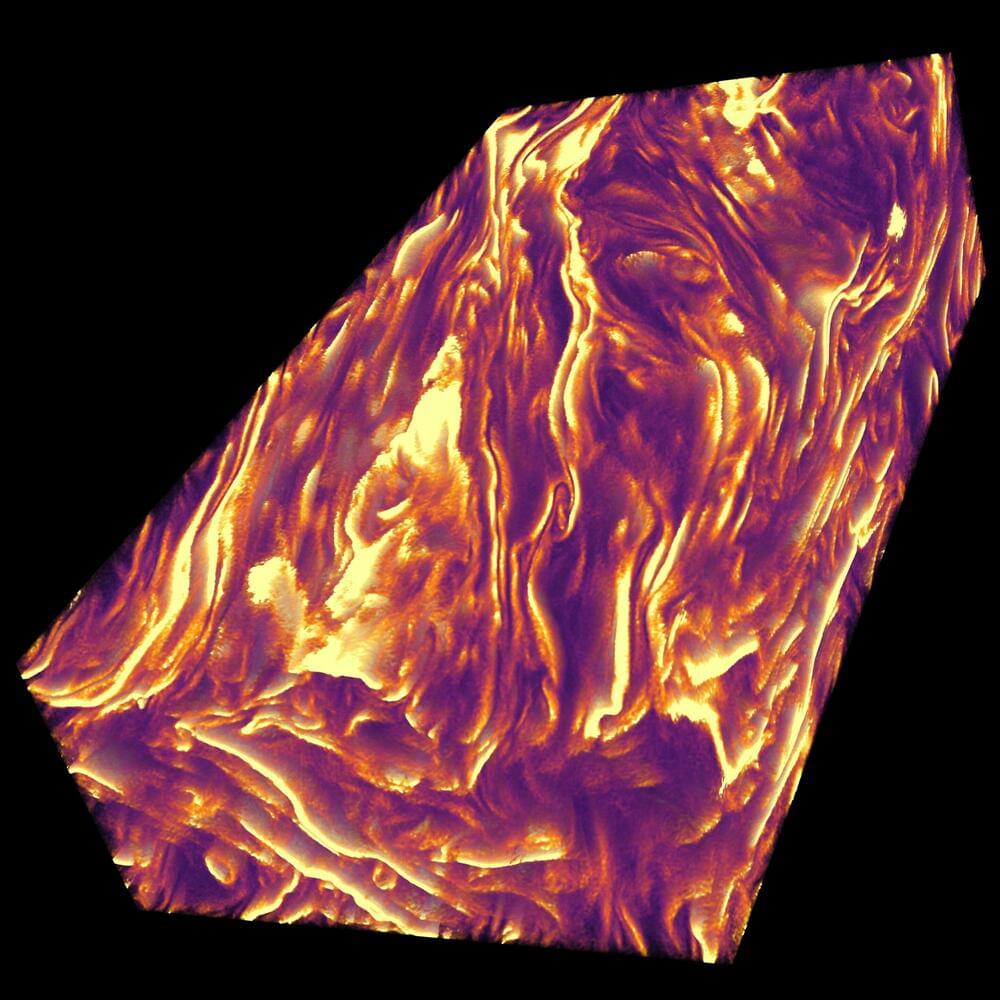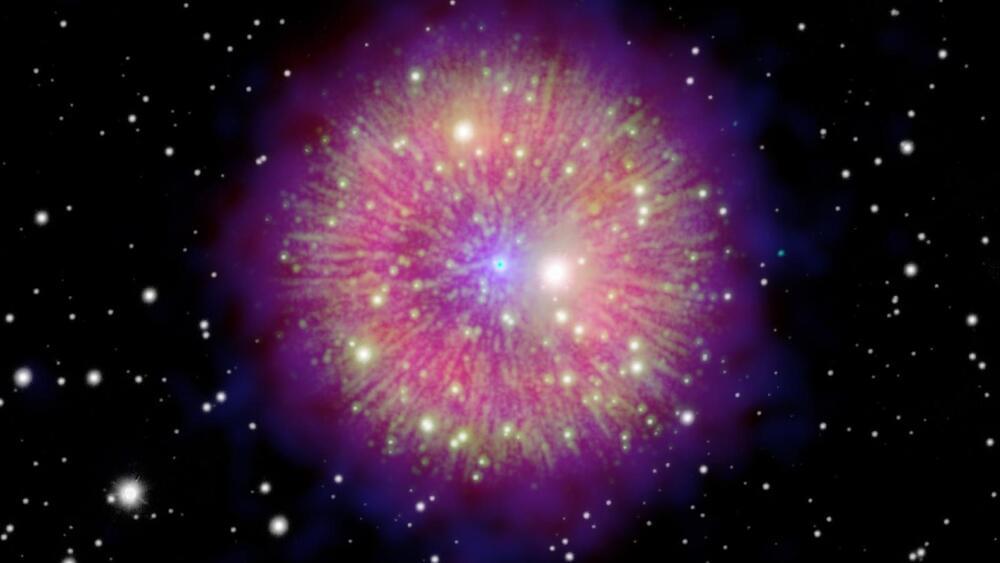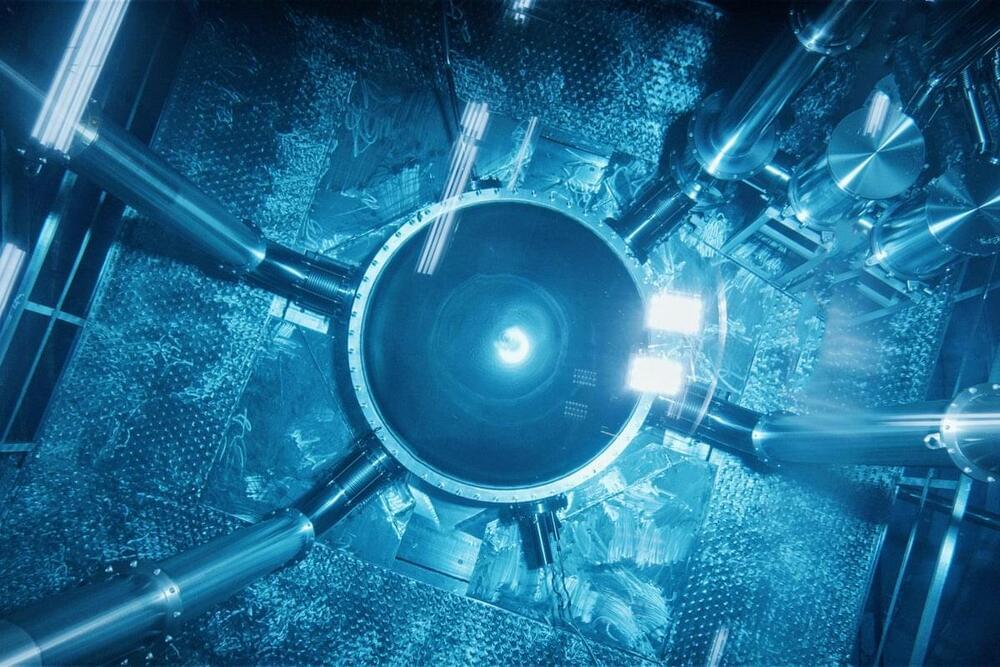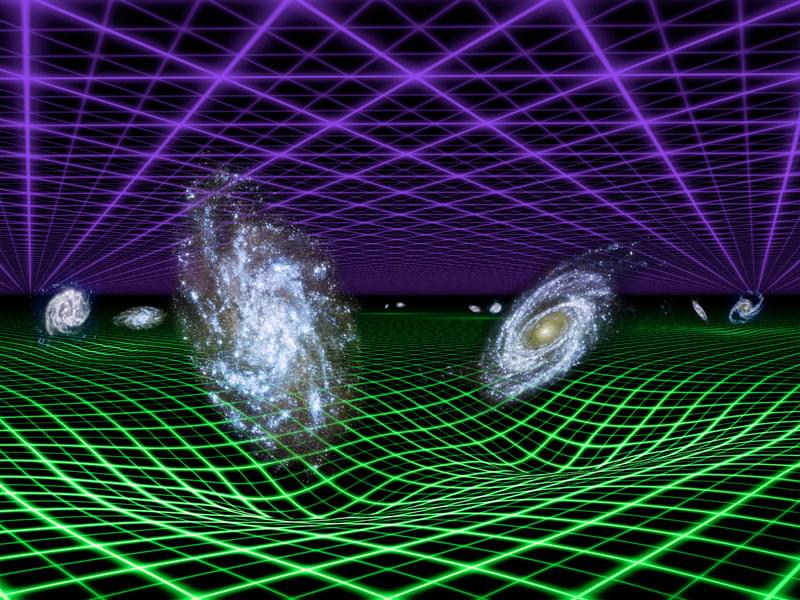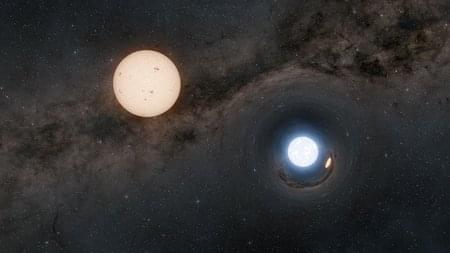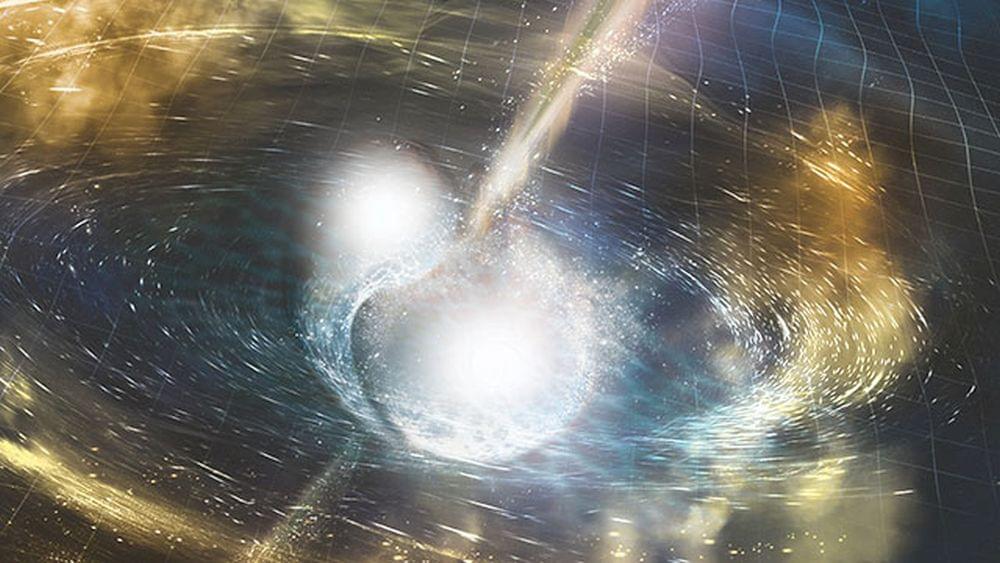Follow Closer To Truth on X (Twitter) for news, articles, and updates, plus connect with other viewers: https://shorturl.at/imHY9
That the universe began seems astonishing. What brought it about? What forces were involved? How did the laws of nature generate the vast expanse of billions of galaxies of billions of stars and planets in the structures that we see today? What new physics was involved? What more must we learn?
Get exclusive member benefits with a free Closer To Truth account: https://closertotruth.com/
Alexander Vilenkin is the Leonard and Jane Bernstein Professor and Director of the Institute of Cosmology at Tufts University. A theoretical physicist who has been working in the field of cosmology for 35 years, Vilenkin has written over 150 papers and is responsible for introducing the ideas of eternal inflation and quantum creation of the universe from nothing. His work in cosmic strings has been pivotal.
Watch more videos on cosmic beginnings: https://shorturl.at/KUTsE
Closer To Truth, hosted by Robert Lawrence Kuhn and directed by Peter Getzels, presents the world’s greatest thinkers exploring humanity’s deepest questions. Discover fundamental issues of existence. Engage new and diverse ways of thinking. Appreciate intense debates. Share your own opinions. Seek your own answers.
